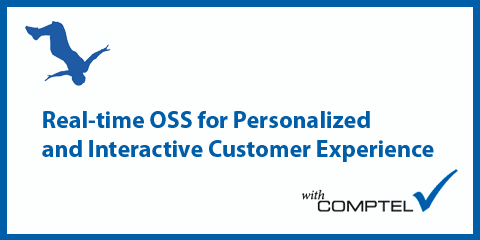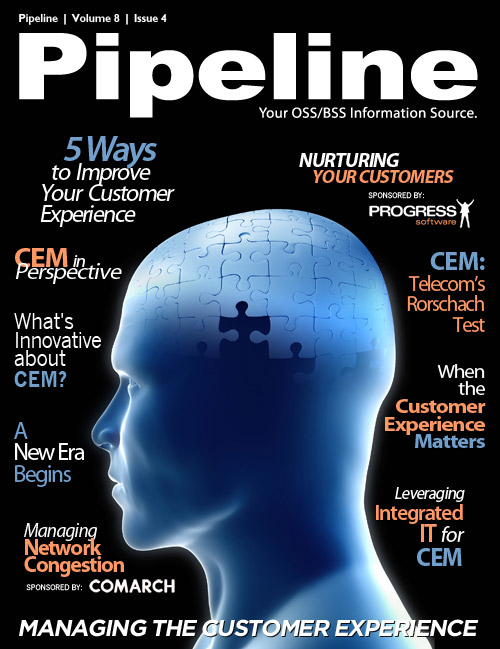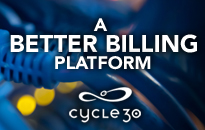By: Tim Young

When does the customer experience start to really matter?
That may be a bit of a loaded question. What communications service provider (CSP) would dream of
admitting that the customer experience was anything short of priority number one? However, CSPs
have been in business, in one way or another, for years and years, and yet, it is only in the last few that
we’ve heard an immense outcry in favor of carefully considered efforts by CSPs to better understand
and track qualitative and quantitative elements of the customer experience.
Why now? Well, customers are consuming more services in more places than ever before, and are
increasingly viewing communications services as an integral part of their lives. Wireless and wireline
video, voice and data connections help them work and play.
Perhaps most importantly, however, consumers have choices. Long gone are the days of a single
ILEC dominating a given region without challenge. Gone, too, are the days of competitive threats
coming only from within the same industry vertical. The picture now, as we are all too aware, is one of
competitive threats coming from all sides, with telcos competing with cablecos and wireless companies
for voice revenue, wireless data speeds escalating to the point of competition with fixed broadband
companies, and over-the-top (OTT) players angling for a piece of every business line.


Many operators resist the idea that OTT are, in fact, having a significant impact on their bottom lines. A
study done in July by the CMO Council found that 88 percent of CSPs surveyed did not believe that OTT
providers were competing for their customers.
Perhaps it is the case that OTT players aren’t out to take any CSP’s entire customer base, but they can
certainly cut into ARPU. Recent research by Centris suggests that the “cord-cutting” phenomenon, the
existence of which many operators deny, is happening nonetheless. Five percent of U.S. households
have switched from pay TV to some OTT alternative, and 56 percent of households use a combination of
pay TV and web- or mobile-based content consumption. Similar patterns exist in voice services, as POTS
services slide into obscurity in many markets and OTT VoIP becomes even more ubiquitous.
Moreover, MVNOs continue to draw marketshare away from traditional wireless providers, and
wholesale players like LightSquared are enabling an even more disruptive set of emerging wireless
players.
So, going back to my original question: When did customer experience really start to matter? When
customers realized they could walk away at any time.
And why should they stay? What’s compelling your customers to remain your customers? And how can this loyalty be encouraged?











